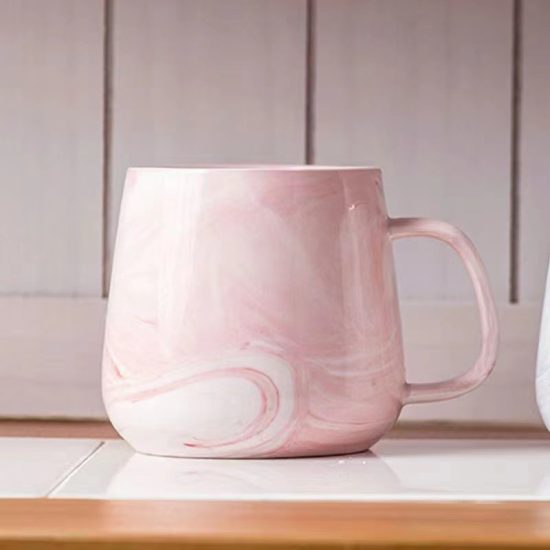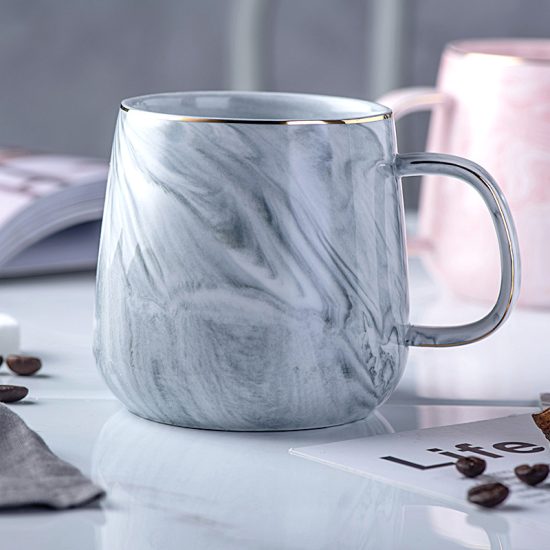Teapots have a long history and are associated with tea-drinking traditions in different cultures around the world. They originated in ancient China during the Tang Dynasty (618-907 AD) and gradually spread to other parts of Asia and eventually to Europe and the Americas.
The primary function of a teapot is to steep tea leaves in hot water, allowing the flavors and aromas to infuse into the liquid. The teapot’s shape and design are crucial for efficient brewing, ensuring that the hot water and tea leaves interact optimally to produce a flavorful cup of tea.
Teapots often have a built-in strainer or infuser to separate the brewed tea from the leaves or herbs. This allows for easy removal of the leaves after steeping, preventing overbrewing or bitterness. Some teapots also feature additional features, such as a built-in warmer to keep the tea hot or a handle that stays cool to the touch.
In addition to their functional purpose, teapots are often appreciated for their aesthetic appeal. They can be adorned with intricate designs, colorful patterns, or elegant shapes that add to the overall tea-drinking experience. Teapots can be found in a range of styles, from traditional and vintage designs to modern and minimalist ones.
Teapots are commonly used in homes, tea houses, and tea ceremonies, where the brewing and serving of tea are elevated to a cultural and social activity. They are also popular collectibles for tea enthusiasts and collectors worldwide.
Overall, the teapot is an essential tool for tea lovers, allowing them to brew and enjoy their favorite blends while appreciating the beauty and craftsmanship of this timeless beverage vessel.


